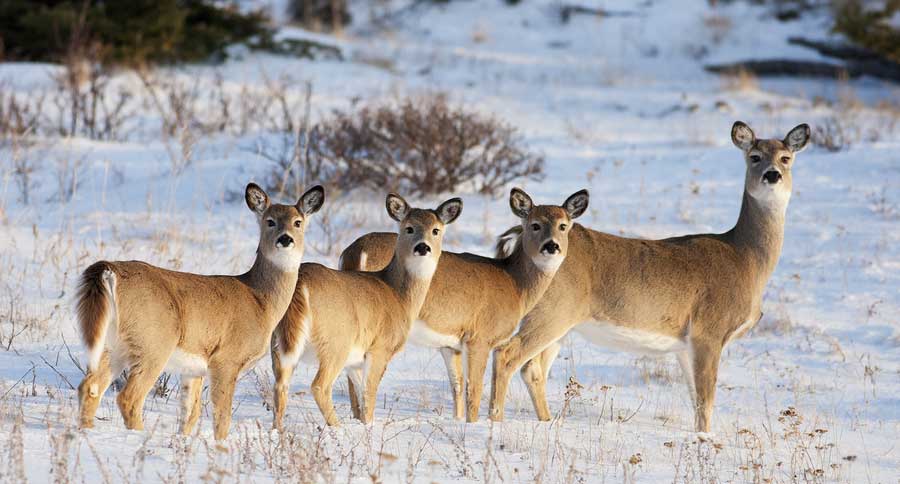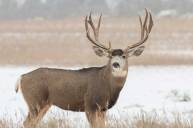University study indicates an overabundance of deer in Wisconsin may be having a negative impact on the state's forests and wild places.
Based on recent research from the University of Wisconsin-Madison there is a growing correlation between burgeoning deer populations and a decline in forest soil quality.
Biologists have good evidence that deer are effecting soil quality by producing a thinner layer of less nutrient rich soil that reduces plant growth because of their feeding habits. There is a good link between what deer browse on, new growth tree saplings, and the depletion of good growing soil. Study lead and PhD candidate, Autumn Sabo, had this to say about the recent study.
"So, the thickness of this low-nutrient layer appears to influence the abundance of forest plants including species like lilies and violets. So, these changes in growing conditions might serve as a legacy of deer overabundance and that could influence how well the forest recovers even if we are able to reduce deer numbers."
Estimates of deer populations in pre-colonial era Wisconsin indicate there were about eight deer per square mile. Current surveys show that there are approximately 72 deer per square mile in some areas.
The results from this UW-Madison project reinforce the need for the careful population control of deer and long-term plans to keep deer herds in check. More studies will continue on the impact of deer on the State`s forests.
NEXT: CABELA`S FORTITUDE COMPOUND BOW PACKAGE, A BEGINNER BOWHUNTING SETUP




